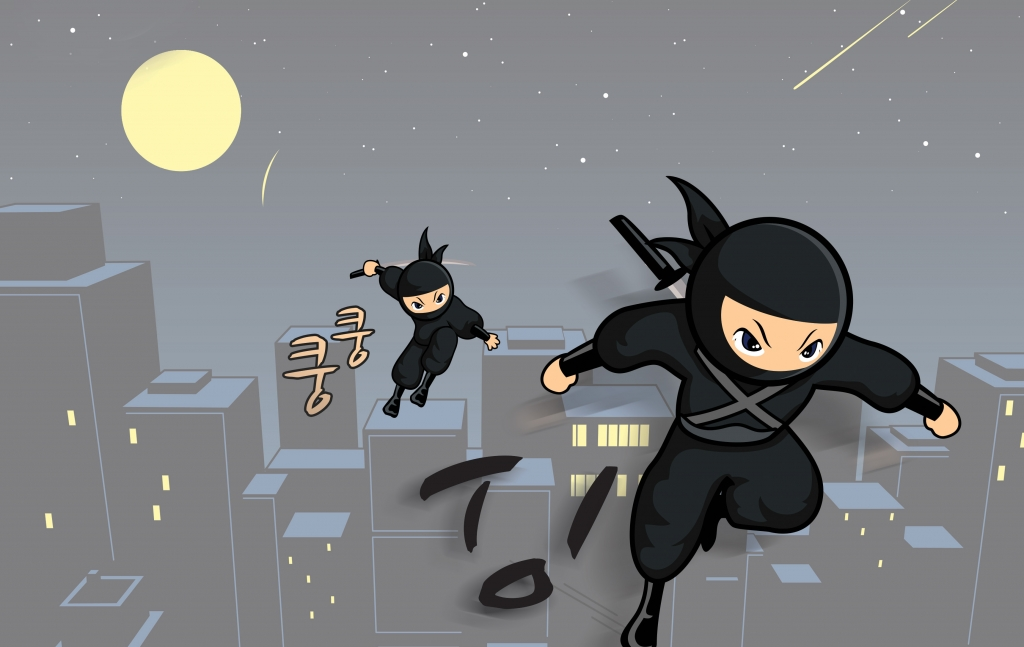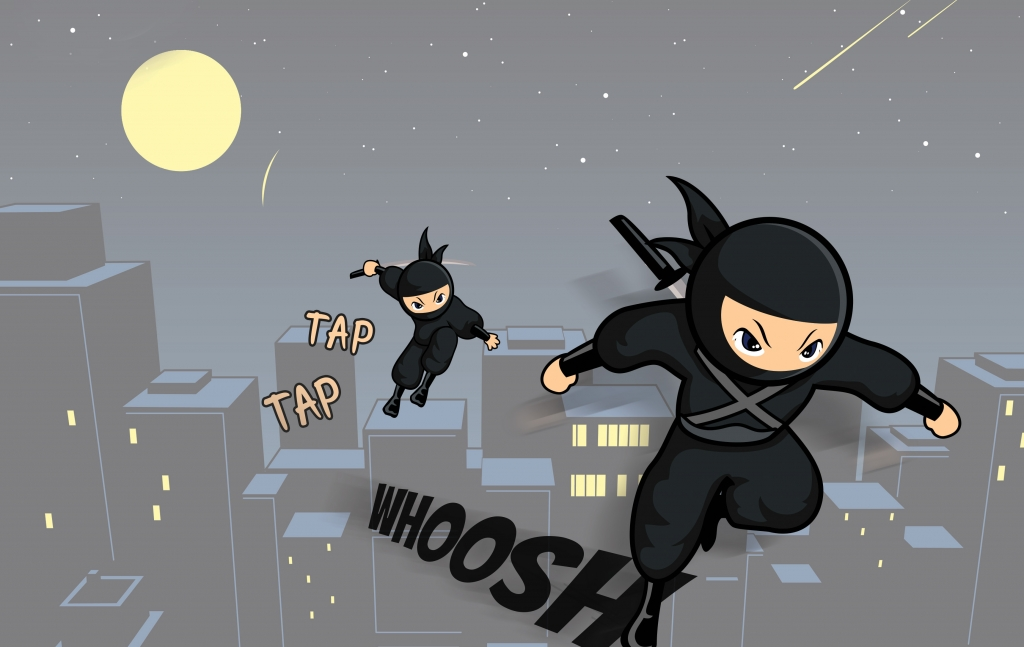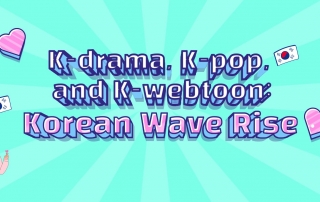A webtoon is a popular form of comics and graphic novels that originated in South Korea. With its unique stylistic elements and exciting stories, webtoons have gained popularity worldwide and now webtoon translation services into different languages are common to appeal to audiences from all backgrounds.
At its core, webtoon translation services involve translating the text of a webtoon into another language. It is typically preserving the texts’ original meaning while also providing an accurate rendering for readers in other countries. This process can involve working closely with professional translators or online tools or services that offer machine-based translations or human editing.
In addition to translating webtoon into different languages, CCCI offers webtoon typesetting services specifically tailored for this comic format. Typesetting for webtoons often includes special features such as balloons, word bubbles, and panel borders to help create a clear and easy-to-read layout that matches the original Korean version.
Whether you are looking to translate or typeset your webtoon for a new audience, CCCI, as a professional webtoon translation and typesetting agency, offers these services to help you get started.
Webtoon History
Webtoons, or Korean-style digital comics, have become increasingly popular. These comics differ from traditional print comics. They are created specifically for online viewing, with many featuring vertical scrolling and panel-by-panel reading instead of the horizontal layout used for print comics.
The history of webtoons can be traced back to South Korea in the late 1990s, when a group of artists began experimenting with online comics and web-based platforms. These early forays into digital comics were inspired by South Korean manhwa (comics), and many of the creators involved saw them as a way to reach new audiences that might be intimidated by traditional print comics.
The first webtoon platform, Naver Webtoon, was launched in 2003 by the South Korean search engine Naver. This platform helped popularize webtoons and played a major role in their growth in popularity. By 2006, over 100 different webtoon platforms were operating in South Korea.
The rise of webtoons coincided with a growing interest in Korean culture, known as the “Korean Wave” or “Hallyu.” This globalization of Korean pop culture led to an increase in the demand for licensed Korean products, including webtoons. Several companies began offering webtoon translation and localization services in response to this demand.
Providing webtoon services contributes to how webtoons captivate readers with engaging stories, vibrant artwork, and innovative layouts.
Current Webtoon Popularity
South Korean webtoons have seen a rise in popularity and this can be attributed to some factors, including the increasing accessibility of webtoons and the wide range of genres they cover.
In 2020, the webtoon industry size was estimated to stand at around 1.05 trillion South Korean won. It is expected to grow even further in the coming years. Outside of South Korea, webtoons have also gained popularity in other countries in Asia, such as China and Japan. In recent years, they have begun to gain a following in the West.
Many popular webtoons have been adapted into TV shows, movies, and even video games. A lot of popular Kdramas were also based on webtoons. For example, “What’s Wrong With Secretary Kim”, “Cheese in the Trap”, and “Love Alarm”. South Korea is not the only country where webtoons are popular – they are read across the globe, with many countries having their own webtoon platforms.
With their engaging stories and diverse genres, Korean comics and webtoons have something for everyone and for every season – and it is no surprise that they are becoming more and more popular around the world. We can absolutely look forward to finding another Korean webtoon with English translation every day!
Webtoon Translation in 30 Languages
At CCCI, we specialize in providing professional webtoon translation services to help you reach a global audience. With over 30 languages available, we can help translate your webtoons into the language of your choice.
United States
Russia
France
Japan
Germany
Italy
Poland
Portugal
Spain
Philippines
Armenia
India
Korea
Sweden
China
Turkey
Iran
Georgia
Thailand
Malaysia
Ukraine
Vietnam
Mongolia
Cambodia
Nepal
UAE
Saudi Arabia
Belarus
Qatar
Belgium
Indonesia
Canada
Hongkong
Taiwan
Slovenia
As a professional webtoon translation company, we know the difference between professional vs fan webtoon translation. Every Korean manhwa translated to English was produced with expertise and endless quality checks. We aim to deliver the same to our partners.
Our professional webtoon services are carried out by our team of experts who are as passionate as you are about comics and storytelling. That makes us the perfect choice for your Korean webtoon translation needs! We have native speakers who ensure that your webtoon is translated accurately and with the highest quality.
“How to translate webtoon to English?” you ask. “Let us do it for you” is our answer. Whether you are a Korean author who needs your webtoons translated into other languages, a creator who wants to translate Naver webtoon, or a global company looking to tap into the Korean market, we have the expertise and resources to help you reach your goals.
Webtoon Typesetting
We do not just stop after translating webtoon into different languages. Our talented typesetters also create a layout that matches the original webtoon. This includes translating the text and placing it in the correct position and size. We also ensure that all onomatopoeia are accurate and consistent with the original.
Cleaning and Redrawing
Our webtoon typesetters clean and redraw the webtoon as needed. We remove original texts from your webtoon to make it 100% ready for the translated version. Whether you want to translate webtoon into Thai or translate webtoon into Spanish, we ensure that every panel is prepared for the other language.
Erasing some parts of the original artwork is inevitable, especially when they overlap with the texts. We redraw these parts to make room for the translated text without compromising your webtoon’s overall look and feel.


SFX Design
We also offer a wide range of SFX design services to help bring your webtoons to life. Our team can create and recreate the perfect SFX for your webtoon, from custom fonts to onomatopoeia.


Logo Design and Cover Art Creation
Apart from our webtoon typesetting services, we can also recreate logos in another language while retaining the style and aesthetics of the original. We create cover arts for apps and websites based on existing images from the webtoon, helping you pique readers’ interest.


Other Webtoon Services
Apart from webtoon translation and typesetting, we also offer a diverse range of services to help you maximize your webtoons’ reach.
While webtoons have a loyal and dedicated following, there are still many readers who prefer the traditional format of comics and graphic novels. If you’re a creator or a publisher looking to expand your audience especially in countries like Japan or the U.S. whose standard format of comics is page-based, or simply preserve your work in a physical format, converting webtoon to a comic page can bring a range of benefits to both you and your readers. We also offer the reverse—comic page to webtoon conversion—especially for manga or western comic creators or publishers wanting to get into the webtoon or vertical scrolling comics trend.
Do you have publishing dates you are struggling to meet? Or do you simply need help with bringing your comic to life? CCCI also offers webtoon coloring services—from base coloring, shadowing and highlighting, to adding of special effects—ready to assist you to achieve your creator or publisher goals.
Lastly, the comic industry has also seen a growing trend of animating webtoon or other types of comics. We see it on webtoon platforms as previews and banners, on YouTube or other social media as teasers or trailers, or even as a full 2d animation on Netflix, YouTube, or other streaming platforms. Audiences are always looking for other medium to enjoy their favorite stories. With our talented and pop-culture savvy team, CCCI is thrilled to help you with your webtoon animation needs.
Why Localize YOUR Webtoon with CCCI?
As the popularity of webtoons continues to grow, more and more creators and producers are considering localization to reach new audiences. Localization adapts a product or service to a specific target market, typically translating it into different languages. Opting for webtoon English translation is a big move, but remember: many webtoon readers speak other languages.
One major advantage of localizing your webtoon is that it allows you to reach a wider audience. If your webtoon is only available in one language, you automatically exclude readers who don’t speak that language. But by localizing your webtoon into different languages, you can open up your work to a whole new group of potential fans.
Another benefit of localization is that it can help you better connect with your audience. When readers are not familiar with the language or culture in a webtoon, it can be difficult to understand and enjoy the story fully. Translating your webtoon into different languages allows you to better tailor your content to your target market, making it more relevant and accessible to readers from all backgrounds.
For example, when you translate webtoon in Indonesian, it is crucial to make the readers still understand and feel the story even if there are a lot of cultural differences. All that is possible with localization!
There are many reasons to work with CCCI when localizing your webtoon. Here are just a few:
- We offer high-quality webtoon translation and localization services at an affordable price.
- We have a team of passionate experts dedicated to delivering the best possible results.
- We offer a wide range of services, from webtoon translation to typesetting and SFX design.
- We have a successful proven track record of more than 50 webtoon series translation and typesetting.
- We have worked with some of the biggest names in the industry including Naver Webtoon, Manta, SB Creative, and more!
We have also worked with manga publishing companies and authorized distributors in Japan and other countries, providing manga and comics services. Check out our manga and comics translation and typesetting services and start imagining the same for your webtoons!
With over ten years of experience working with webtoon publishing companies, we are confident that our team can provide you with reliable and accurate services. If you want to expand your reach, connect with your audience, and take your webtoon to the next level, partner with CCCI.
With our webtoon translation services, the possibilities are endless! Add our webtoon typesetting and animation services, and you are surely on your way to globalization. The world is waiting for your webtoon, and it is high time you share it with them. Get in touch today!
FAQS ABOUT WEBTOON TRANSLATION AND TYPESETTING
The history of webtoons can be traced back to South Korea in the late 1990s when a group of artists began experimenting with online comics and web-based platforms.
CCCI provides webtoon translation in 30 languages, typesetting, cleaning/redrawing, SFX design, logo design, and cover art creation.
CCC International provides professional, 100% human webtoon translation services in 30 languages.
Webtoon typesetting/lettering is the art of setting different fonts on the page. CCCI offers high-qualified typesetting services.
There are lots of popular webtoons worldwide. Here you can find out the 10 most popular Korean webtoons to read.
Webtoons (Korean: 웹툰) are digital comics in a vertical format that originated in South Korea and can be read on smartphones and computers.
Webtoons (Korean digital comics) are made in a vertical format, usually including more space to adjust them for smartphones, which makes scrolling easier. CCCI offers manga verticalization services.
K-webtoon market popularity grows globally; its market size has reached $3,673 million in 2021 and is expected to reach $26,214 million by 2028, at a CAGR of 30.99% in 2022-2028.
Manhwa are Korean comics, whereas webtoons are Korean digital comics published on different webtoon websites. CCCI provides manhwa, manga, webtoon, and comics services.
CCC International provides highly qualified webtoon translation services, including Korean to English.
Webtoon animation can be done by hand-drawing the frames or using computer software. It often uses a “panning” effect to simulate the reading experience of a webtoon. This means that the background remains stationary while the characters and objects move across the screen.
RELATED BLOGS
Best Completed Romance Webtoons to Read in 2022
The autumn season is the most colorful time of [...]
5 Heartwarming Father-Daughter Manhwa for the Weekend
You've had a long week, and you can't wait [...]
K-drama, K-pop, and K-webtoon: Korean Wave Rise
When talking about K-pop, it's impossible not to have [...]



